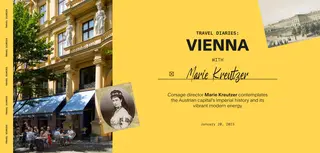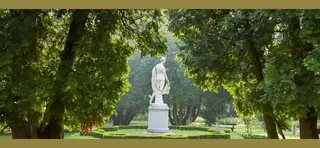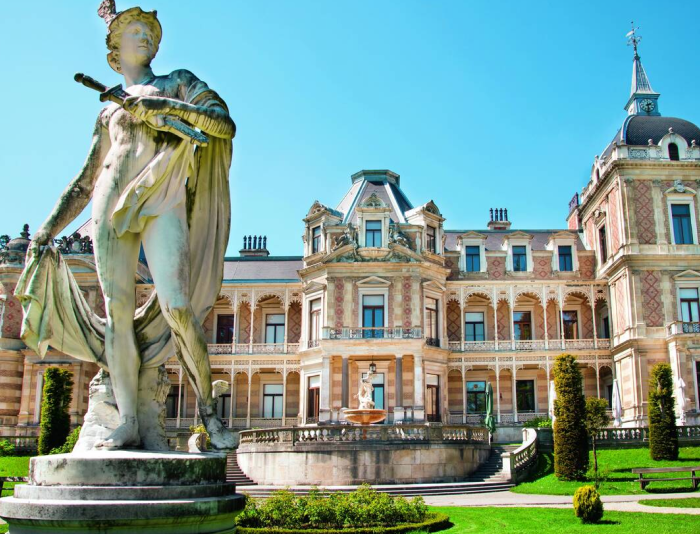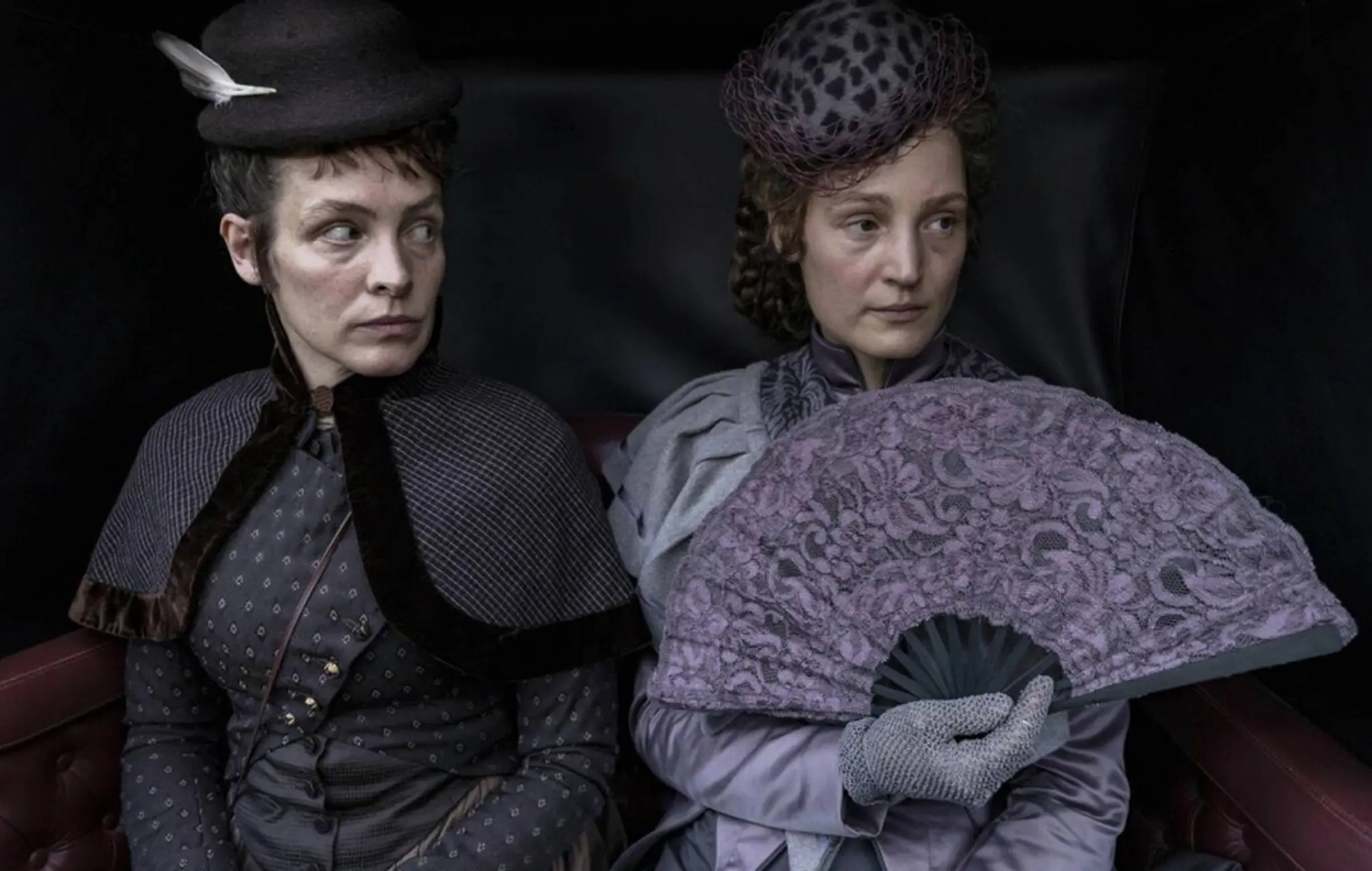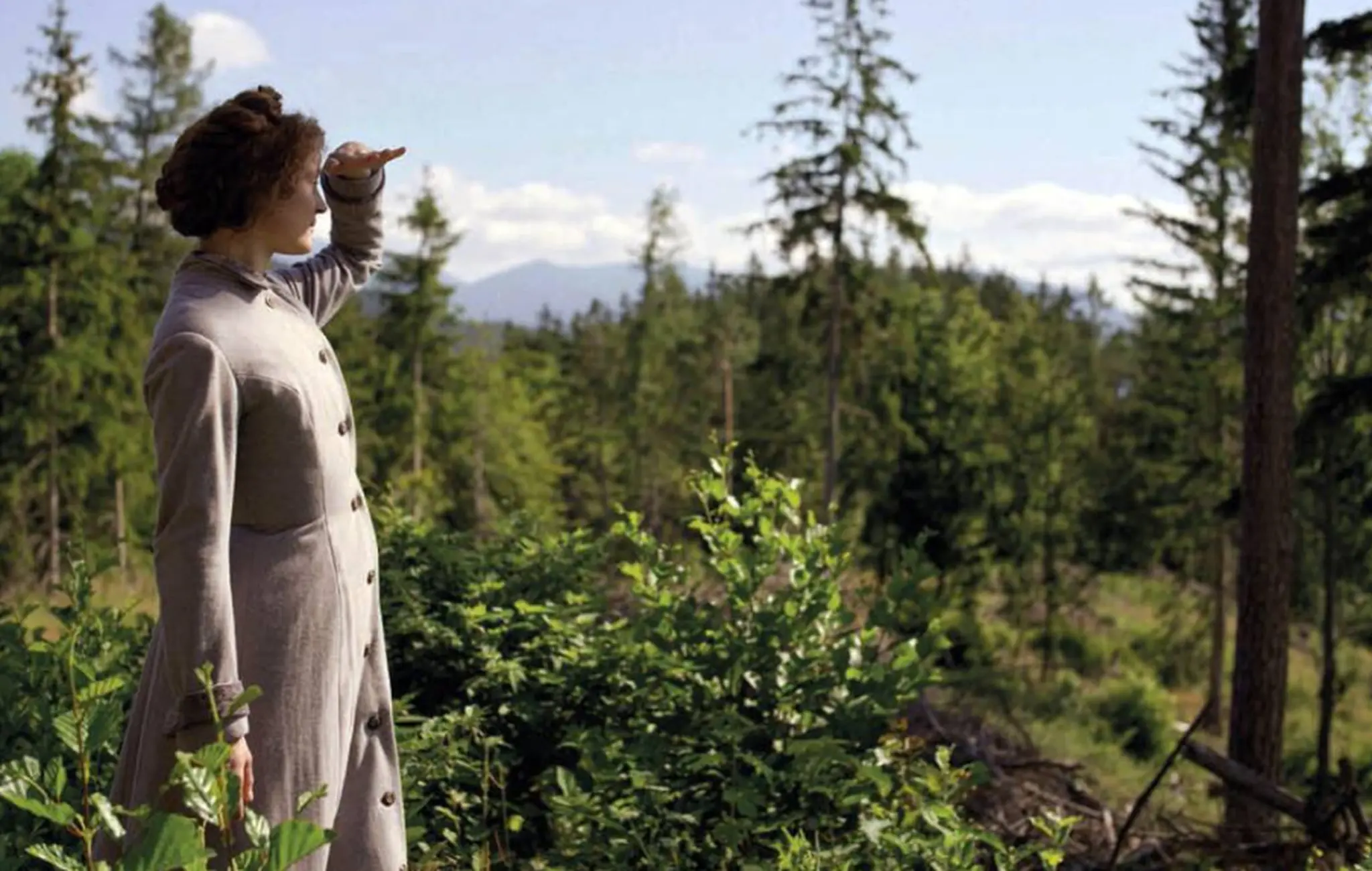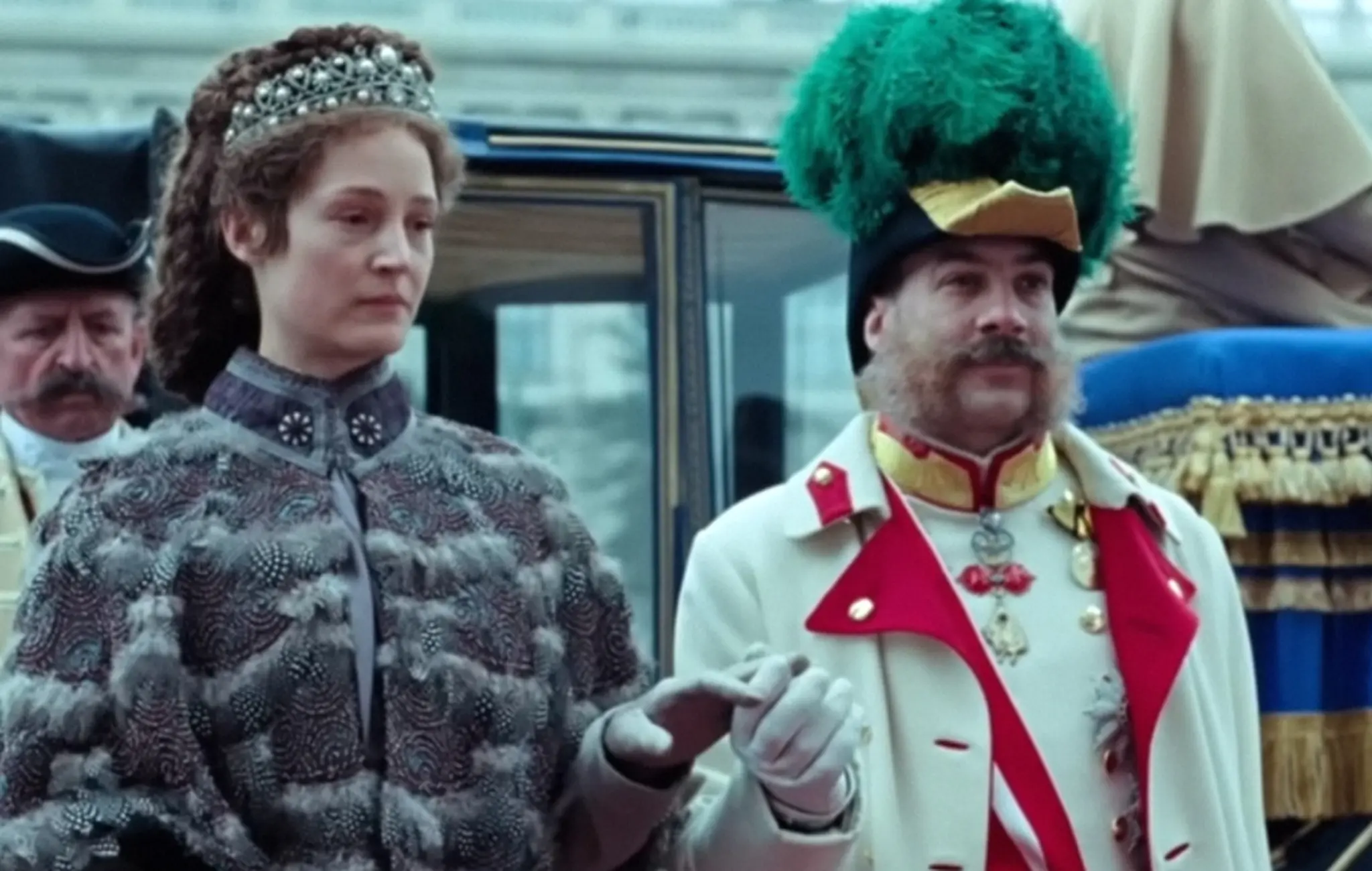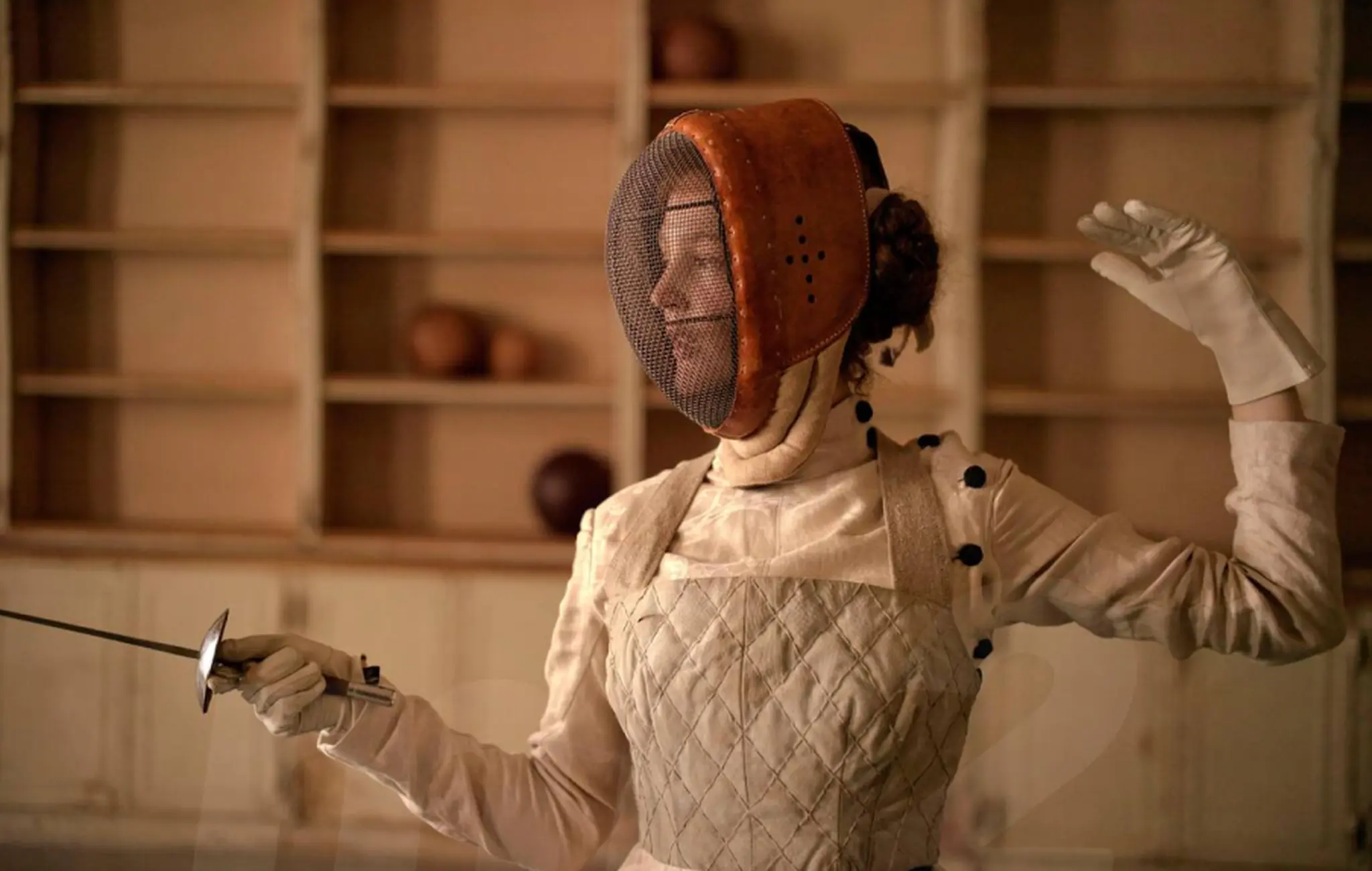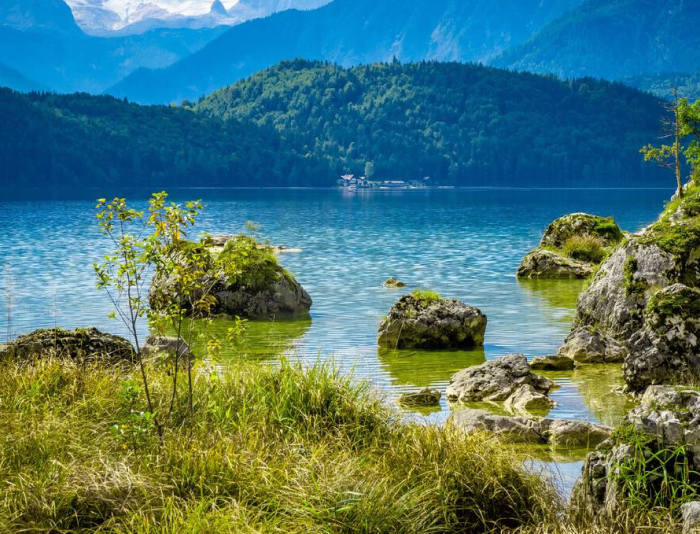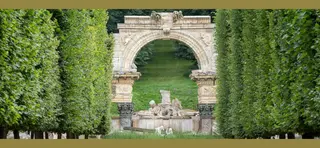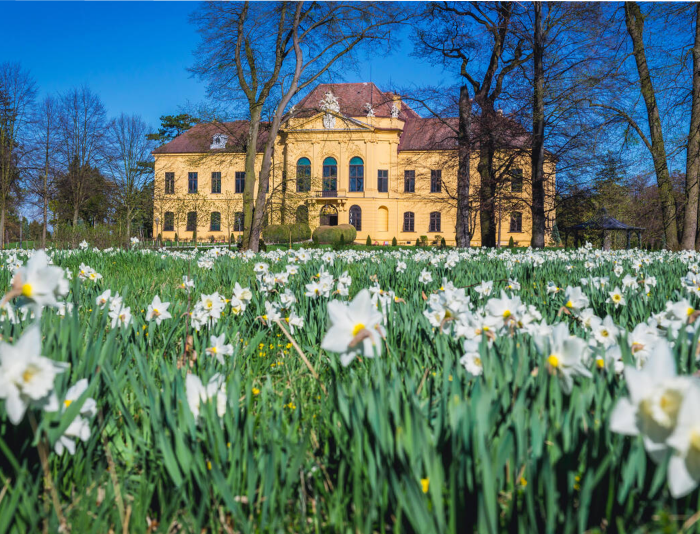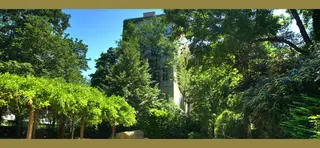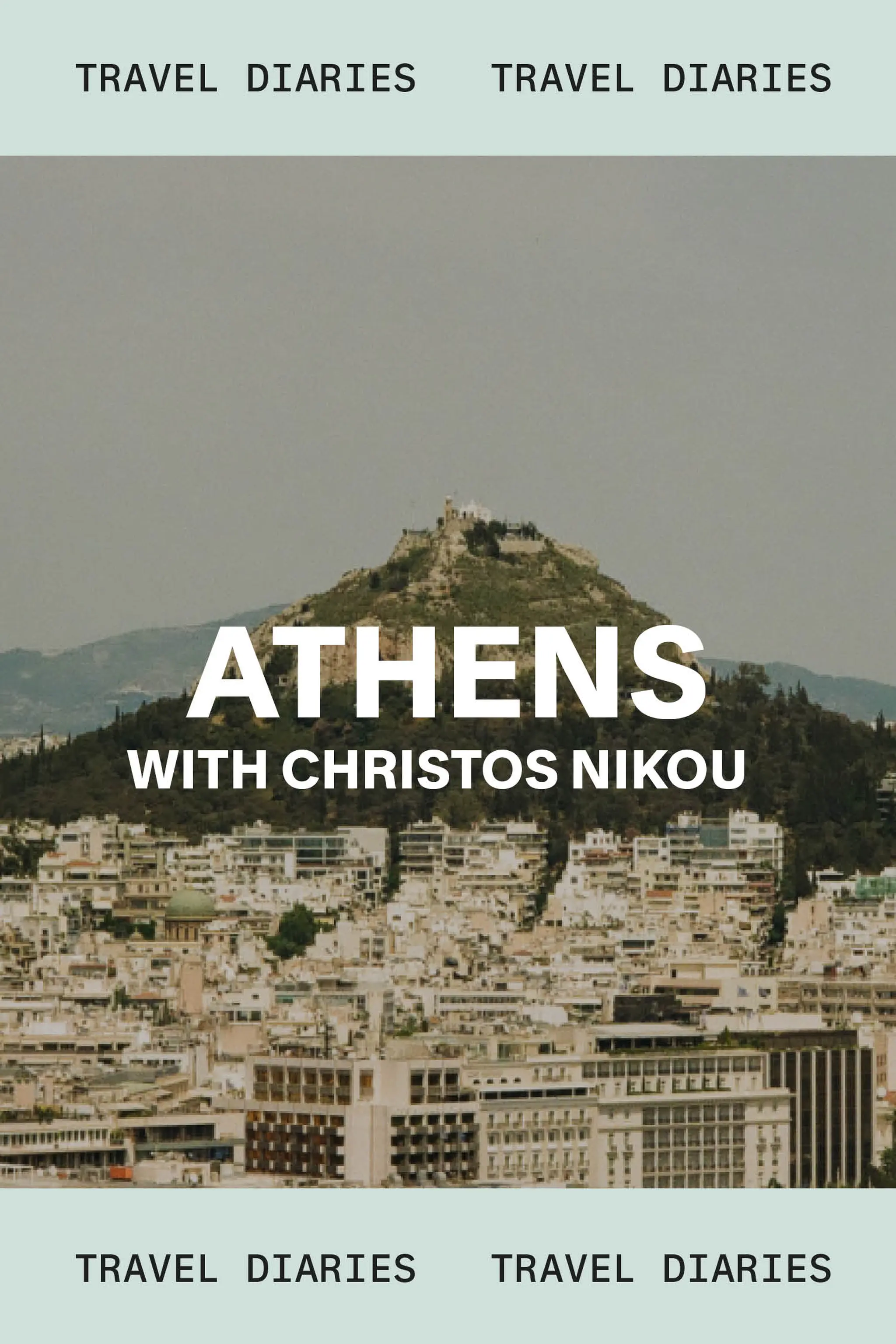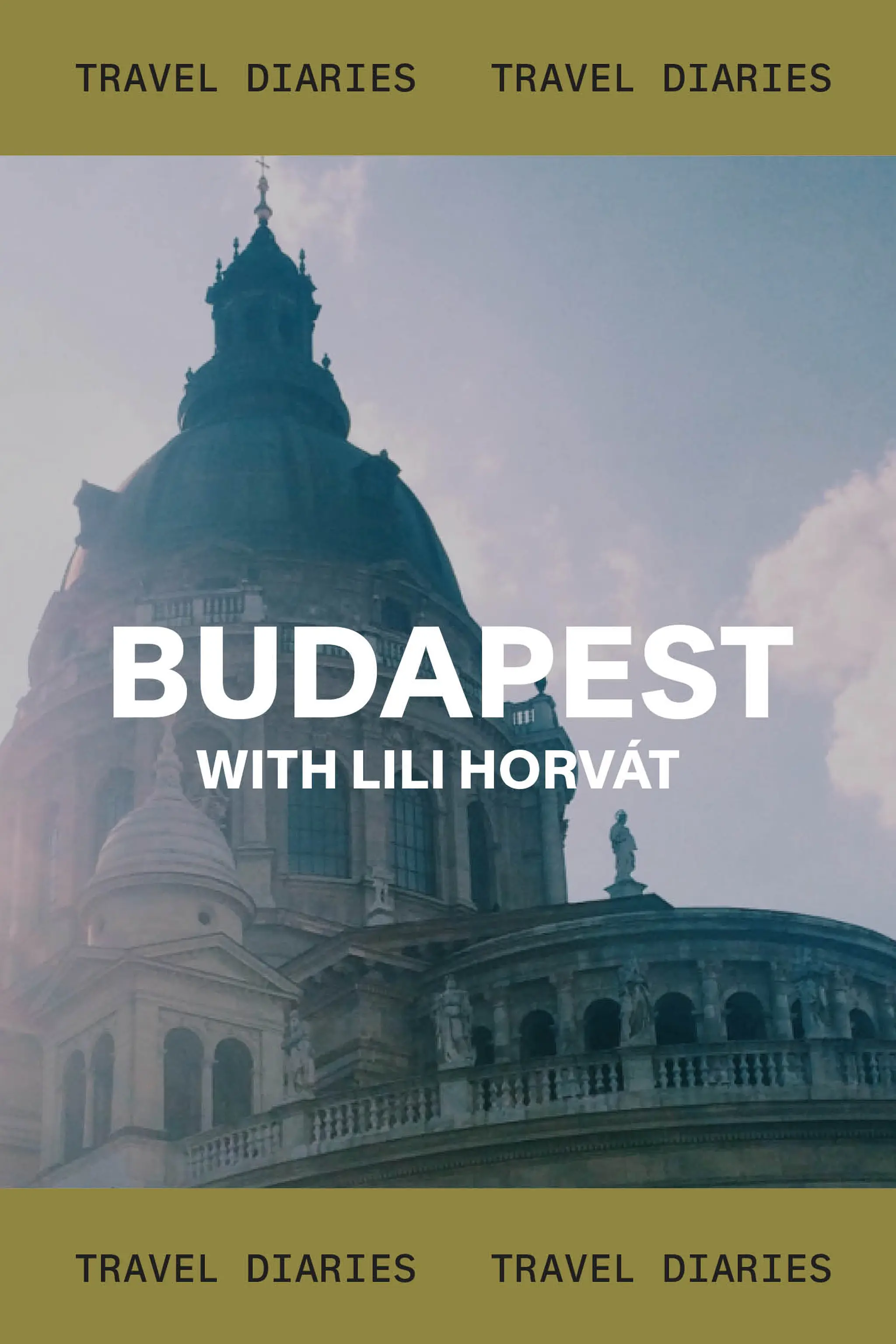Travel Diaries: Vienna
With Marie Kreutzer
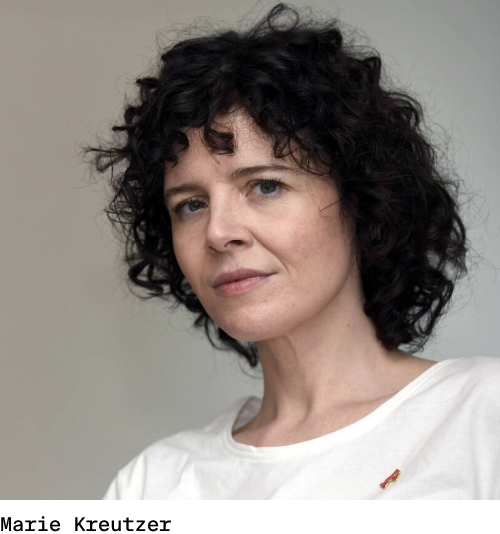
When Vicky Krieps first suggested to Marie Kreutzer that they collaborate on a film about Empress Elisabeth of Austria, the director took it as a joke. Why should the protagonist of her next project be Sissi, one of her country's biggest tourist clichés and the subject, among others, of Ernst Marischka's famous trilogy starring Romy Schneider? But the idea stuck with Kreutzer, and the more she delved into the 19th-century empress's life, the more she realized that behind the facade of a seemingly idyllic existence lurked a tale of female entrapment and resistance that resonated. The product of that change of heart is Kreutzer's fifth feature, Corsage, a visually inspired, sensitive portrait of an aging Elisabeth (Krieps), whose free-spirited personality and subversion of conventions render her as modern as a 21st-century heroine.
Born in Graz and based in Vienna since 1996, Kreutzer burst onto the scene with 2011's family drama The Fatherless. She went on to try her hand at comedy with We Used to Be Cool (2016), her first collaboration with Krieps, followed by the psychological thriller The Ground Beneath My Feet (2019). Continuing her exploration of genre, Corsage marks Kreutzer's first venture into historical fiction. Recently, Galerie spoke with Kreutzer about her process of making Corsage in the Austrian capital, where the imperial family resided. The filmmaker also shared some of her own favorite places in and around Vienna and reflected on how her relationship with the city has evolved over the years. —Yonca Talu
the hofburg palace and imperial crypt
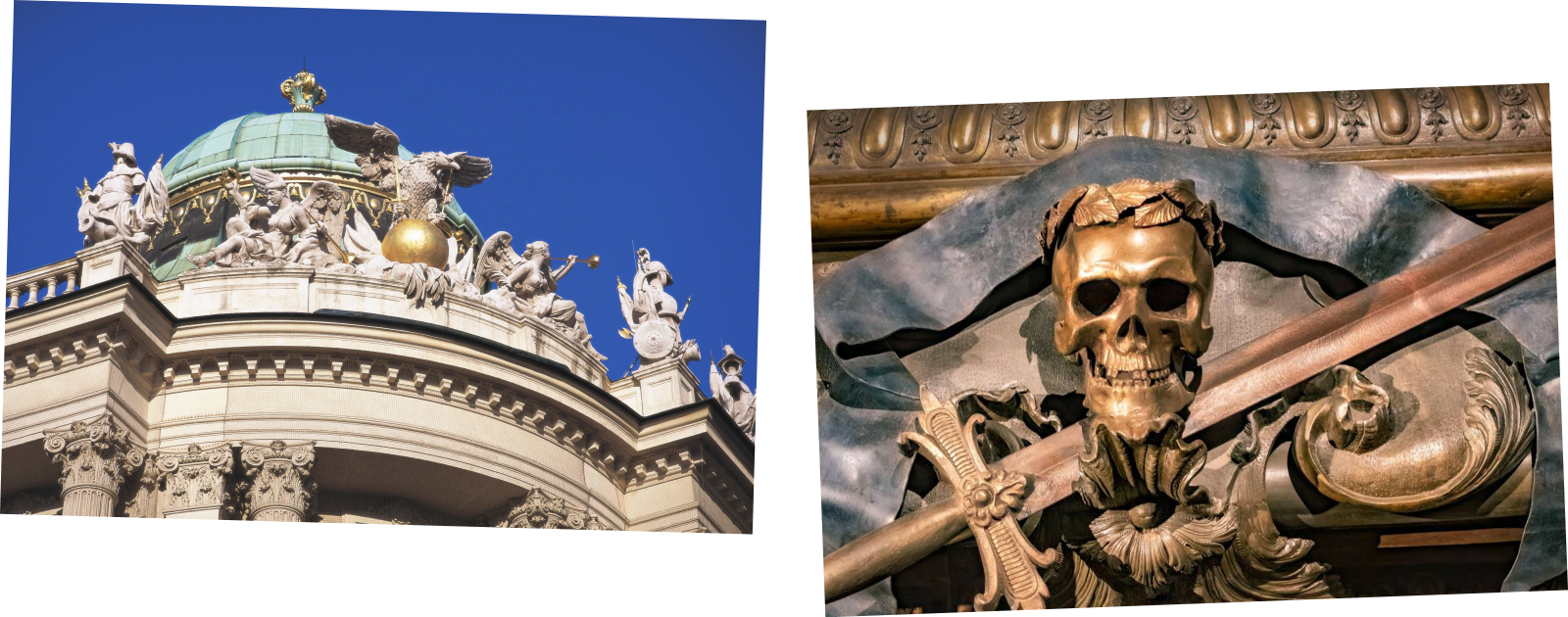
I never go to the tourist places, though I only live ten minutes away from Vienna’s historic center. I’d been to the Hofburg Palace and Imperial Crypt [where Empress Elisabeth is buried] as a pupil with my class. I returned there again with a friend while writing Corsage. We decided to play tourists in Vienna for a day, and even went to all the coffeehouses where only tourists go. I enjoyed that.
My visits to the Hofburg were really important for the script. I went there frequently to walk through Elisabeth’s original apartments. I was also allowed in there on my own during lockdown, which was great, since normally it’s crowded and you get pushed through. The Hofburg is full of big, beautifully furnished white, gold and red rooms. But then, whichever window you look out of, all you see are gray walls and gray yards, and maybe a tree. Sometimes you don’t even see the sky. It’s like an elegant jail, and that was the starting point of the film’s atmosphere.
Hofburg Palace
1010 Wien, Austria
Imperial Crypt (aka Capuchins’ Crypt)
Tegetthoffstraße 2, 1010 Wien, Austria
THE HERMESVILLA AND LAINZER TIERGARTEN
Another place I regularly went to in preparation for Corsage was the Hermesvilla, a famous palace commissioned by Elisabeth’s husband, Emperor Franz Joseph I, as a gift to her. It’s located in the Lainzer Tiergarten, a nature reserve in the southwest of Vienna, where you can stroll through the woods and see animals like wild boars and deer.
The Hermesvilla was built in the 1880s, so it didn’t make it into the film [which takes place from 1877 to 1878]. But I liked going there because it felt good to be in Elisabeth’s actual rooms. It’s a beautiful but also solemn place. Elisabeth considered it too old-fashioned for her taste and never really liked it, partly because it didn’t have electricity. While Franz Joseph always tried to be modest, saying he didn’t need anything, Elisabeth said, “Electricity exists, so why don’t we have it?”
Hermesvilla
1130 Wien, Lainzer Tiergarten, Austria
Lainzer Tiergarten
Lainzer Tor, Hermesstraße, 1130 Wien, Austria
SOPHIENALPE
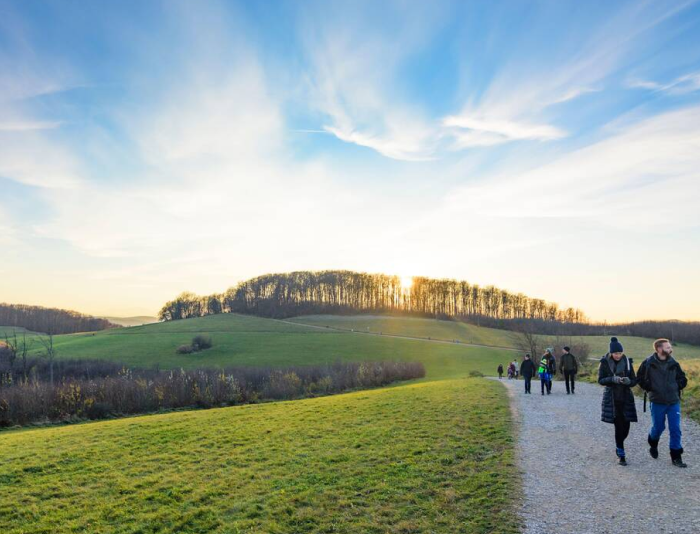
Walking is always inspiring and calming for me. I love going to Sophienalpe for walks. It’s a half-hour drive from the center of town, and a beautiful spot—not as neat as a park in the city, but with very high, impressive trees and a great view over Vienna.
Part of Corsage was written in my mother’s house in Styria [a state in the southeast of Austria]. She would take care of my daughter, and I could go for walks. I remember that I came up with the film’s ending there, going for a walk and listening to the song “Italy” by Soap&Skin [which plays over Corsage’s final scene and closing credits].

Italy by Soap&Skin
Sophienalpe
48°15′00.0″N 16°13′00.0″E,
1140 Wien, Austria
Corsage, dir. Marie Kreutzer, 2022
THE STRANDCAFE HIDEAWAYS AND LAKE ALTAUSSEE
Sometimes when I’m writing I go to a hotel in the countryside for two or three days. There are a lot of great hotels in Austria. A very unique one I went to for a few days’ break during the shoot of Corsage is the Strandcafe Hideaways on Lake Altaussee, the most beautiful lake in the country, about three hours from Vienna. The Strandcafe is a traditional restaurant right by the lakeside, where you can have the best char you’ll ever have, and the Hideaways are its very few apartments, so close to the water that it feels like you’re on a houseboat when you look out the window. The beauty of nature at its fullest! I love the area, although it’s crowded with tourists in the summer, and the empress spent a lot of time there, too.
Strandcafe Hideaways
A-8992 Altaussee, Puchen 197, Austria
FILMING IN THE THE SCHÖNBRUNN PALACE GARDENS
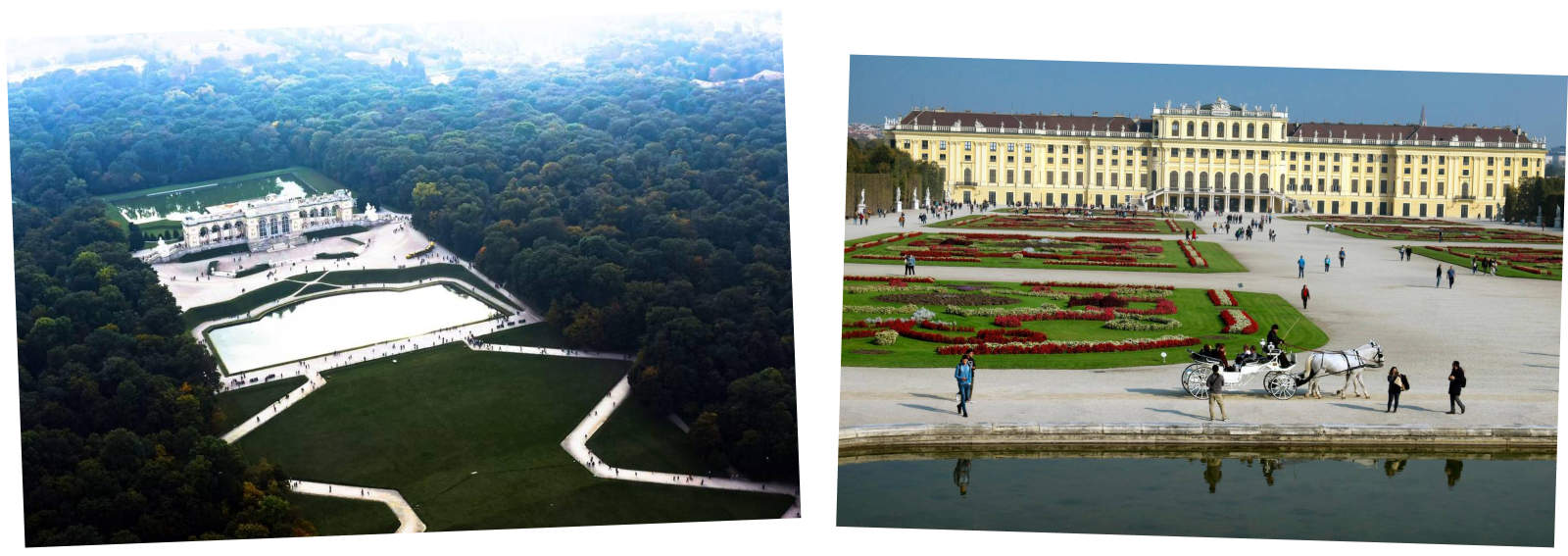
Austria’s a very bureaucratic country, so it was quite difficult to shoot in the gardens of the Schönbrunn. First they said no. Then we had some press coverage. They read it and said, ‘‘Oh, can’t you come and shoot here?” and we said, “We wanted to shoot here!” So in the end, it was possible.
The Schönbrunn is beautiful, of course. But I have a different feeling toward it now, because I’ve read about Elisabeth not liking it at all. She never really wanted to spend her summers there and would go somewhere else. Everyone thinks she lived there, but after doing research I realized that her main residence was the Hofburg, where we also shot. It was really hard to get in there with a camera, and we didn’t even shoot in the rooms themselves. They obviously wouldn’t have let us change anything, and that wasn’t the style of the film anyway. But when Elisabeth looks out the window in Corsage to watch her cousin or her son leave, what we see is the yard out of her original window in the Hofburg.
Schönbrunner Palace and Gardens
Schönbrunner Schloßstraße 47, 1130 Vienna
RECREATING THE HOFBURG’S INTERIORS IN THE SCHLOSS ECKARTSAU
The initial plan was to shoot in a studio, but my DP, Judith Kaufmann, wasn’t convinced. Luckily, we found the Schloss Eckartsau, a Hapsburg castle located about an hour from Vienna, close to the Czech Republic. The way the rooms are arranged in the Eckartsau, which is now a museum, has some similarities to the Hofburg, and we couldn’t have filmed there if it wasn’t for COVID. They were extremely kind and helpful, and we were able to change the furnishings, which is something we couldn’t have done in the Schönbrunn or Hofburg. We also put a photographed backdrop of the Hofburg behind the windows, which normally overlook a beautiful garden, since I wanted the suffocating atmosphere of the actual palace.
Schloss Eckartsau
2305 Eckartsau, Austria
THE PLANQUADRAT PARK
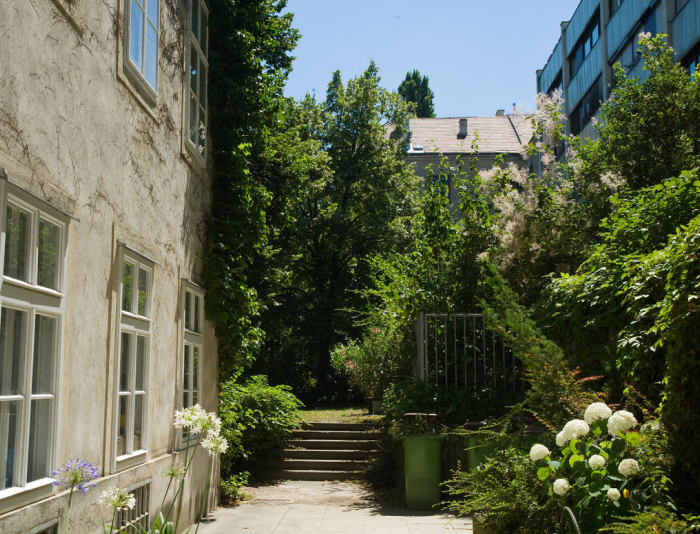
My third feature and previous collaboration with Vicky Krieps, We Used to Be Cool, is probably my most autobiographical film. It was my producer Alexander Glehr who had the idea: He said, ‘‘Why don’t you do a comedy about young parents?” And I said, ‘‘That’s very easy because it’s what I’m going through right now.” Back then I lived in the 4th district, on the exact other side of the Naschmarkt from where I live now, and my building stood right in the middle of a semipublic park with a very interesting history. It’s called Planquadrat, and it was saved by a citizens’ initiative from becoming a parking lot. It’s very well hidden between blocks of old houses, and you have to know it to find it. It’s mainly used by young parents and their kids. Dogs and bikes are not allowed. When I was writing We Used to Be Cool, I remember sitting in the Planquadrat while my daughter was playing, and taking notes on people’s conversations or being on the phone for work. It was kind of like my office.
But then I chose not to shoot the film in my neighborhood, because I didn’t want to use all my spots, except for the kindergarten, which was our own. So we shot in a very similar neighborhood in the 2nd district, which had become very hip at the time.
The Planquadrat
Margaretenstraße 30, 1040 Wien, Austria
THE ANNA JELLER BOOKSTORE
I lived across the street from the Anna Jeller bookstore in the 4th district for years. I moved a few years ago but still order books there or stop by when I’m in the area. Anna Jeller, the owner, is one of a kind, and everybody in the neighborhood either loves her or doesn’t set foot in the store because they once had an argument with her. I personally love her for her exquisite taste and humor, which really make this shop and its selection of books so special.
Anna Jeller Bookstore
Margaretenstraße 35, 1040 Wien, Austria
THE PRATERSTRAßE
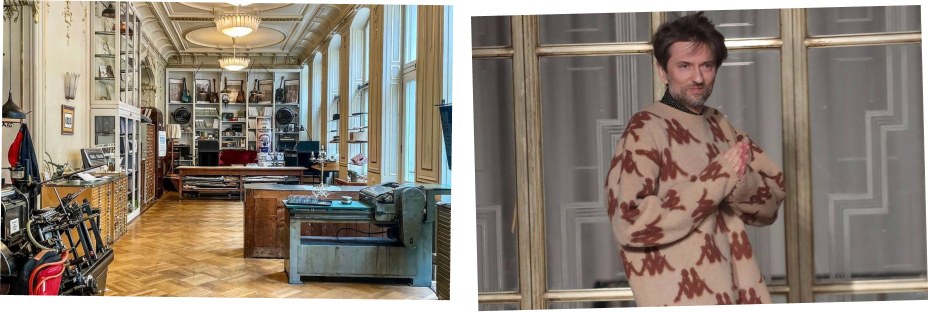
Left: Supersense (photo: Roland Eggenhofer) Right: Petar Petrov
When I moved to Vienna in 1996 to attend film school, I lived in the 2nd district, which was a really bad area at the time. I was 19 and lived with two boys, who always had to come get me at the train station because it was too dangerous to walk from the subway to the apartment by myself. Now there’s been a lot of gentrification and the 2nd district has changed. It’s full of bars, clubs and nice shops.
We shot some exteriors in We Used to Be Cool on the Praterstraße, a boulevard in the 2nd district lined with trees, shops and restaurants of all kinds, and whose vibe I love. It’s an area where the absolute hippest meets Viennese tradition, but also influences from different countries. We filmed a scene in a very special place on that street, Supersense, a shop-café devoted to all things analog and run by a very special man, Florian Kaps, who actually saved the Polaroid brand [as depicted in Jens Meurer’s 2020 documentary An Impossible Project]. The Praterstraße is also the home of designer Petar Petrov’s studio. They support me often by giving me their unique clothes for premieres.
Supersense
Praterstraße 70/1, 1020 Wien, Austria
Petar Petrov’s Studio
Praterstraße 33/20, 1020 Wien, Austria
